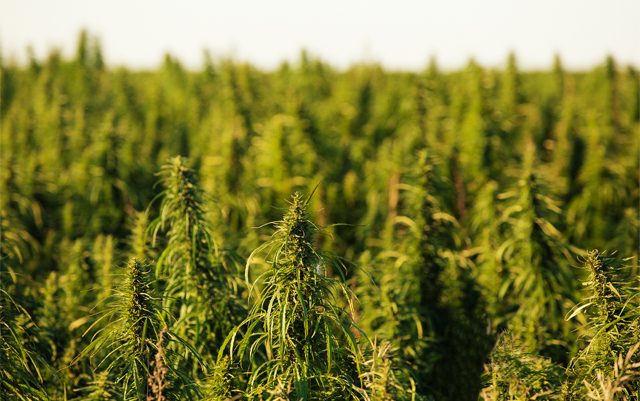The winter season is quickly approaching and with it, the need for a reliable heat source. Wood pellet stoves are becoming popular because of the reduced cost compared to propane, electricity and heating fuel. Wood is also a renewable resource. However, the quality of wood makes a big difference. Issues like softwood, hardwood and whether or not there is bark included in the pellets can make a huge difference in the type of heat provided and the amount of ash produced.
This is where hemp fuel pellets come in. Hemp pellets produce around 2% ash and can be used in a large range of pellet burners currently on the market today. Hemp is less corrosive to burn than wood pellets, creates less ash, and always has the same high quality as what you find in premium grade wood pellets. This product comes from the shiv of the hemp stalk and has no possibility of including any additional material that can lead to a lower grade of quality.
The fiber of the hemp plant is separated from the shiv and is used for clothes, as well as many other uses. The shiv, once considered a useless stringy inner lining, is becoming as valuable a part as are the seeds and fiber in processing. Shiv is used to make hempcrete when mixed with lime, but a new processing plant in Alberta, Canada has found yet another substantial use; hemp fuel pellets make the perfect alternative to wood pellets for heating, with less trouble.
The fuel pellet market is currently dominated by premium grade wood pellets, with some niche companies also offering grass and straw pellets. However, the waste wood used for fuel pellets is a limited supply and grass and straw pellets produce more ash, plus clinker and corrosion issues, so many stoves and boilers cannot use them.
The demand for woody shiv is still in its infancy in Canada and the UK and the United States is interested in hemp harvesting and renewable energy. With the Farmer’s Almanac reporting a colder than usual winter season this year, legislators need to step up efforts in recognizing hemp as a natural alternative for energy.
SOURCES:







Kathy, you should check your facts before making erroneous claims. Hemp pellets with 2% Ash are 2-4x’s higher than wood pellets produced for home heating in pellet stoves. As the Past Chairman of the Pellet Fuels Institute (PFI) I can attest that over 20 facilities in North America are producing PFI Certified Premium Wood Pellets with <1% Ash as required. Some of us can produce wood pellets with 0.25-0.33% Ash every day with 3rd party lab verification. You can visit http://www.awf.com/pellets or http://www.pelletheat.org to learn more about wood pellets.
Hemp pellets will need to improve on their 2% Ash content for them to be considered by consumers looking for pellets for home heating. They could however work very well for commercial, industrial, or utility scale heating fuels. Best of luck, Stephen Faehner, CEO of American Wood Fibers, Columbia, MD